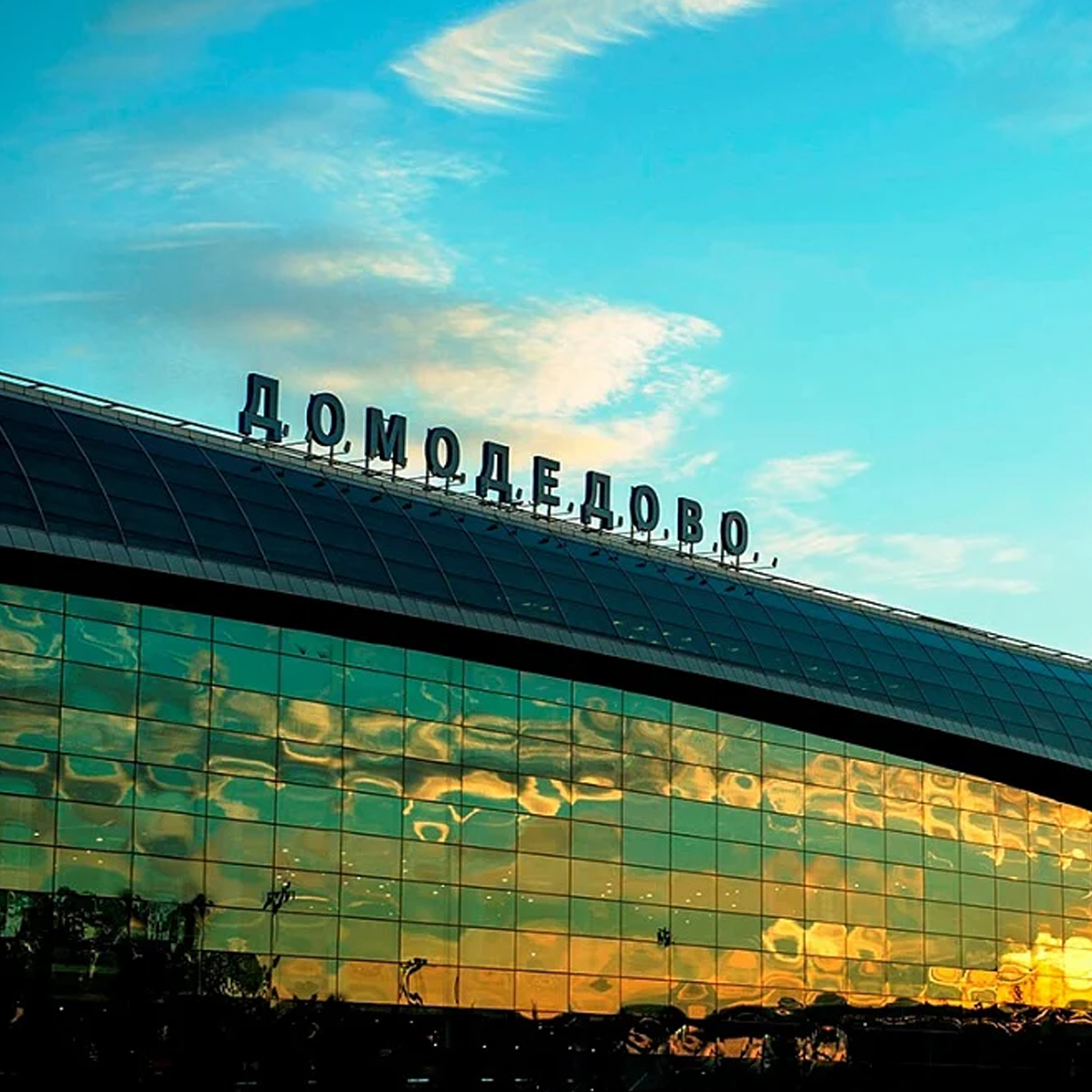MOSCOW AEROTOPOLIS
ABOUT THE PROJECT
It is no longer enough for the Moscow Region to be more successful than other regions of the country. It becomes a player amid tough competition with global centers of influence - Hong Kong, Shanghai, London and New York.

To foster further development, Moscow needs an efficient access to key markets. One of the potent tools to implement this vision is Moscow Aerotropolis, with its core at Domodedovo Airport (DME).
Why DME?
DME – is one of the largest airports in Russia and Eastern Europe
visitors on a daily basis:
of them are unique for Moscow Aviation Hub
DME summary indicators, 2021
passengers
transit passengers
meet and greet visitors
employees of the airport
54,300
14,200
13,500
10,000
>92,000

domestic destinations
A basic airport for two world lead alliances – Star Alliance and oneworld
share in the PAX traffic of the Moscow Aviation Hub
airline patners
destinations globally
34%
43
>183
60
42
Apart from being cornerstoned by a strong core with a high development potential, Moscow Aerotropolis and its future success will be heavily leveraged by a vast land bank of 16 000 ha belonging to DME Group.
Development stages
Stage IV of development
3,096 ha
2052 - 2062
2052 - 2062
Stage III of development
1,330 ha
2041 - 2051
2041 - 2051
Stage II of development
720 ha
2030 - 2040
2030 - 2040
Stage I of development
(except Airport City Cluster)
1354 ha
2019 - 2029
1354 ha
2019 - 2029
Area of prospective development of Moscow Domodedovo Airport
6,500 ha
9,500 ha
Land plots for development of clusters forming Moscow Aerotropolis (except the Airport City)
Prospective development area for the airport and aerodrome, as well as for the build-out within the 'Airport City' cluster


Advantageous economic & geographic location
The territory of the Aerotropolis covers the Domodedovo, Leninsky and Ramensky districts of the Moscow Region.

isAccess to the federal highways M2, M4, M5 and M6 provides tangible competitive edge.
Maximum potential transport footprint covering all the southern regions of Russia, as well as Povolzhye and Central Chernozem regions.
Implementation of the Central Ring Road construction project turning it into the most important – and fastest – route for cargo transportation within the Moscow region and to other Russian regions, without the need to use the overloaded MKAD (Moscow Ring Road).
The most prospective sites for development of logistic infrastructure along the Central Ring Road is land plots located close to its junctions with the largest radial highways (М2, М4, М5, etc.).
Maximum potential transport footprint covering all the southern regions of Russia, as well as Povolzhye and Central Chernozem regions.
Implementation of the Central Ring Road construction project turning it into the most important – and fastest – route for cargo transportation within the Moscow region and to other Russian regions, without the need to use the overloaded MKAD (Moscow Ring Road).
The most prospective sites for development of logistic infrastructure along the Central Ring Road is land plots located close to its junctions with the largest radial highways (М2, М4, М5, etc.).
Implementation of the 'centre-south' high-speed railway project with its route crossing the territory of Moscow Aerotropolis will provide fast and reliable connection with Russia's Southern regions, including Voronezh, Rostov-on-Don and Krasnodar.
Airport passengers will be able to get a modal change from the plane to the high-speed railway link or a passenger train, which will create a multi-modal transport hub of the highest international standard.
Airport passengers will be able to get a modal change from the plane to the high-speed railway link or a passenger train, which will create a multi-modal transport hub of the highest international standard.

